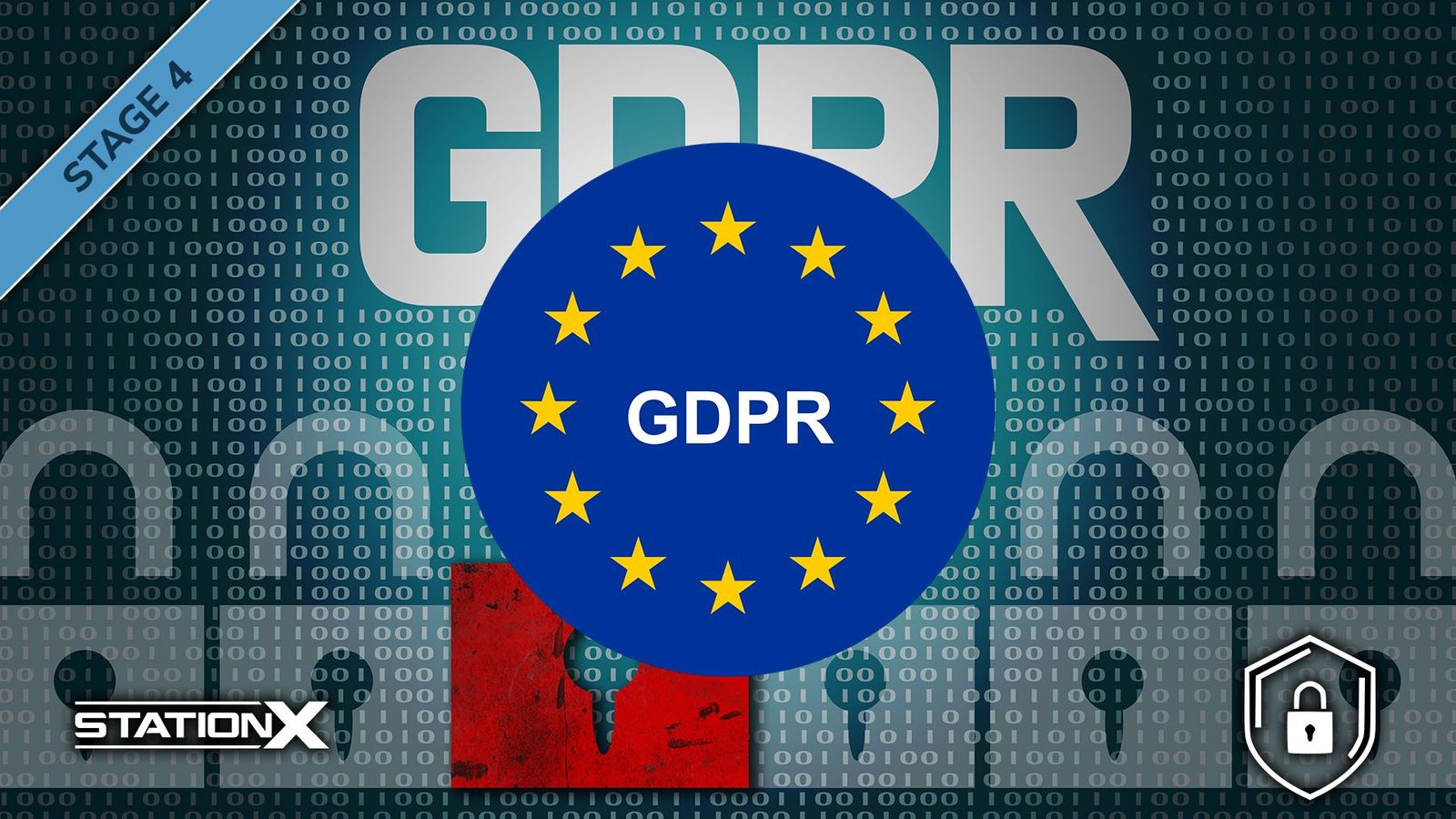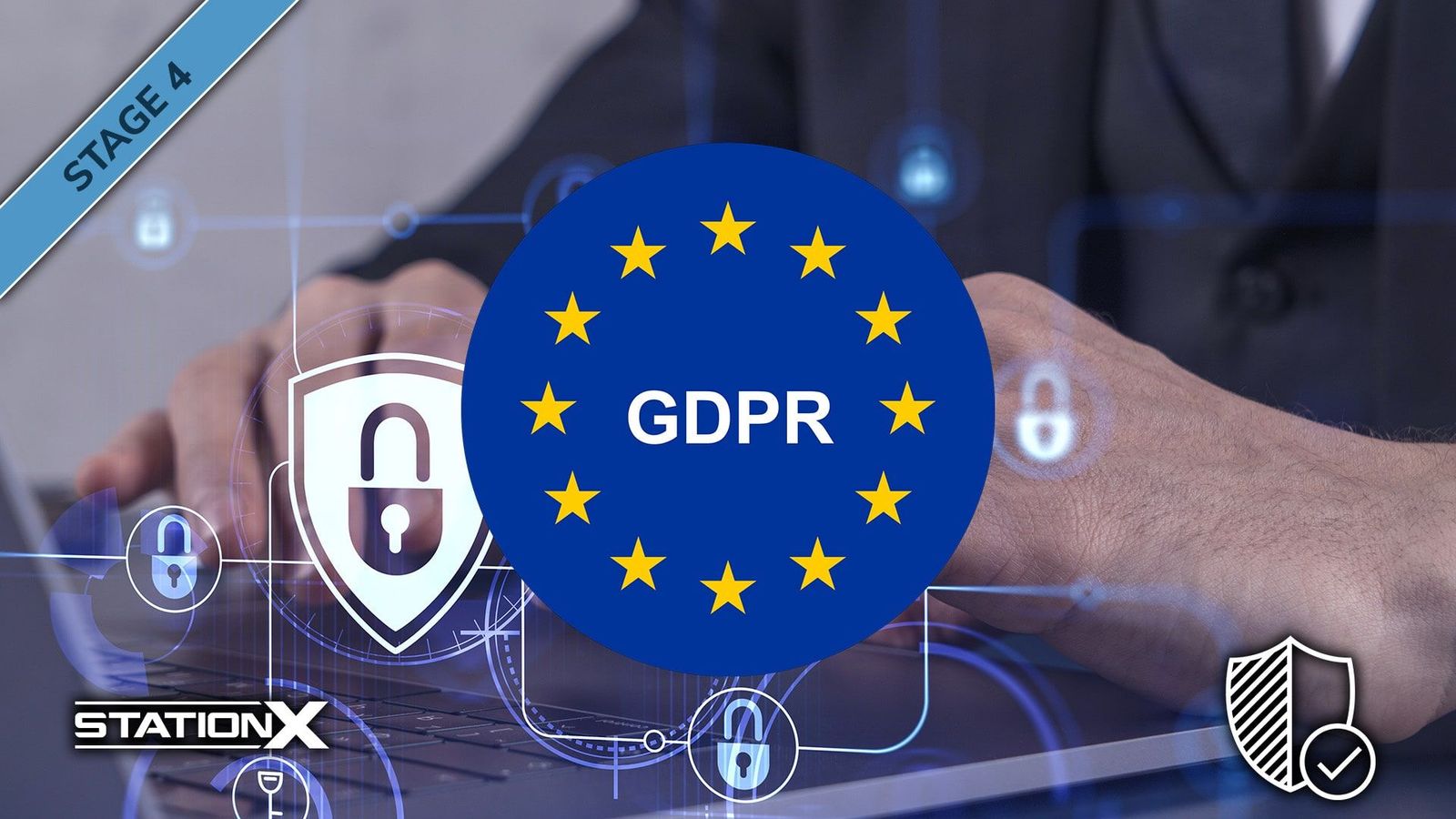GDPR Data Protection Training: Security Incident Response
Build a GDPR-compliant incident response process from scratch. Learn to detect, assess, and respond to breaches using real-world tools, services, and team structures. Apply practical playbooks and frameworks to support data protection, security, and privacy throughout the complete incident response lifecycle.

What You’ll Learn
This Data Protection Training will teach you:
- Incident response fundamentals:
Understand roles, teams, and steps involved. - GDPR compliance:
Align response procedures with data protection requirements. - Security operations centers:
Learn how SOCs support incident handling. - Response playbooks:
Follow predefined actions for common attack scenarios.
- Free tools and resources:
Explore open-source and enterprise-grade solutions. - Risk evaluation:
Analyze threat types and breach impacts. - Financial sector malware:
Understand techniques, vectors, and countermeasures. - Real-world cases:
Apply lessons to practical incidents and SOC operations.
Included in the Data Protection Training
Suitable for the Following Careers
Course Content
Section 1: Introduction
Section 2: Incident Response in CyberSecurity
Section 3: Building a Security Operations Center (SOC)
Section 4: GDPR and Incident Response
Section 5: GDPR Incident Response Methodologies (IRM)
Section 6: Incident Response Tools for GDPR compliance - free vs enterprise
Section 7: Banking challenges related to cyber risk
Section 8: Financial Malware history with examples
Section 9: Making a business case for Financial Malware
Section 10: Some simple hacking attempts - demo
Section 11: Conclusion
OPEN FULL CURRICULUM
Requirements
Description of GDPR Data Protection Training: Security Incident Response
This practical course teaches how to build and run an incident response program aligned with GDPR requirements. You'll cover the full response cycle, from identifying incidents to regulatory reporting and remediation. Lessons are backed by tools, cheat sheets, and sample procedures for immediate use.
Additionally, you'll explore how SOCs operate, how breaches impact organizations, and how to use both free and enterprise solutions to detect and respond to threats. Sections include deep dives into GDPR Article 33/34 compliance, malware response strategies, and financial sector-specific threats.
- Design incident workflows that satisfy legal and technical obligations, including security event classification and response protocols.
- Draft effective IR policies and procedures for GDPR compliance and post-incident review.
- Build SOC capabilities and train teams for breach readiness, threat detection, and entity behavior analytics.
- Assess breach severity, determine if unauthorized access occurred, and manage notification timelines under GDPR.
- Use incident response playbooks for phishing, ransomware, insider threats, and other scenarios to reduce the attack surface.
- Understand malware behavior with financial attack case studies and simulate real-world impacts.
- Apply hands-on demos for web and system compromise scenarios using modern security solutions.
By completing this course, you will be ready to lead incident response efforts in your organization and support privacy compliance when a significant incident occurs, while preparing for future incidents through continuous improvement.
Who Is This Course For
This course is ideal for privacy professionals, cyber security analysts, compliance leads, and IT managers responsible for managing or supporting GDPR breach response and ensuring regulatory compliance. It's also suited for SOC staff and consultants aiming to operationalize incident handling with security orchestration, endpoint detection, and extended detection strategies.
Teams involved in preparation, detection, and mitigation, including HR, executive leadership, and analysts distinguishing legitimate users from threats, will benefit from practical, real-world examples. The course also supports those managing sensitive information, protecting unaffected systems, and aligning privacy goals with security priorities.
Course Instructor
Roland Costea is a Privacy and Security Director with extensive experience in establishing and growing cybersecurity and privacy business units. He has a proven track record of delivering projects exceeding 50 million euros annually with continuous quality growth and quota over-achievement.
Over the past eight years, Roland has worked with top firms like Microsoft, IBM, Genpact, and Cognizant, leading privacy and security initiatives for high-profile clients, including KPMG, Deloitte, E&Y, PWC, Accenture, Capgemini, Telekom, Gazprom, Telefonica, Kloeckner, BMW, Volkswagen, Allianz, and NATO.
His certifications include CIPT, CIPM, CDPSE, CISSP, CISM, CRISC, CCSK, CCSP, MS Azure Solution Architect Expert, LPT, CEH, TOGAF, ITIL-F, ECSA, ISO 27001 Lead Auditor, IBM Security QRadar SIEM Certified, CCNP, CCDP, FCNSA, F5-PCL, and IBM Sales & Business School.
Read More
Read Less
Testimonials

Glasberg M.
As usual, Roland starts with an overview and then explains everything in detail, providing exactly the information needed to fully understand the topic. This includes data protection practices, incident response protocols, and real-world tabletop exercises. The course emphasizes limited privileges, effective security monitoring, risk-based training, and how organizations can leverage technology to mitigate incidents and reduce their potential impact.

Kiran N.
This course has the best and clearest introduction to each context. While the pace is slow, it's highly effective, especially for IT graduates. It’s an essential subject for admins and engineers working on infrastructure, covering key differences in privacy laws, how to analyze data, manage event management scenarios, and ensure smooth return to normal operations after incidents.

Divya S.
The quality is good, but the pace feels a bit slow in the beginning. I'm looking forward to the later chapters where it picks up. The course plays a major role in helping many organizations understand behavioral analytics, social engineering, and how to identify malicious activity using security information. I also appreciate the emphasis on regulatory requirements, communication plans, and applying lessons learned effectively.
Show More
Show Less
 Roland Costea
Roland Costea


